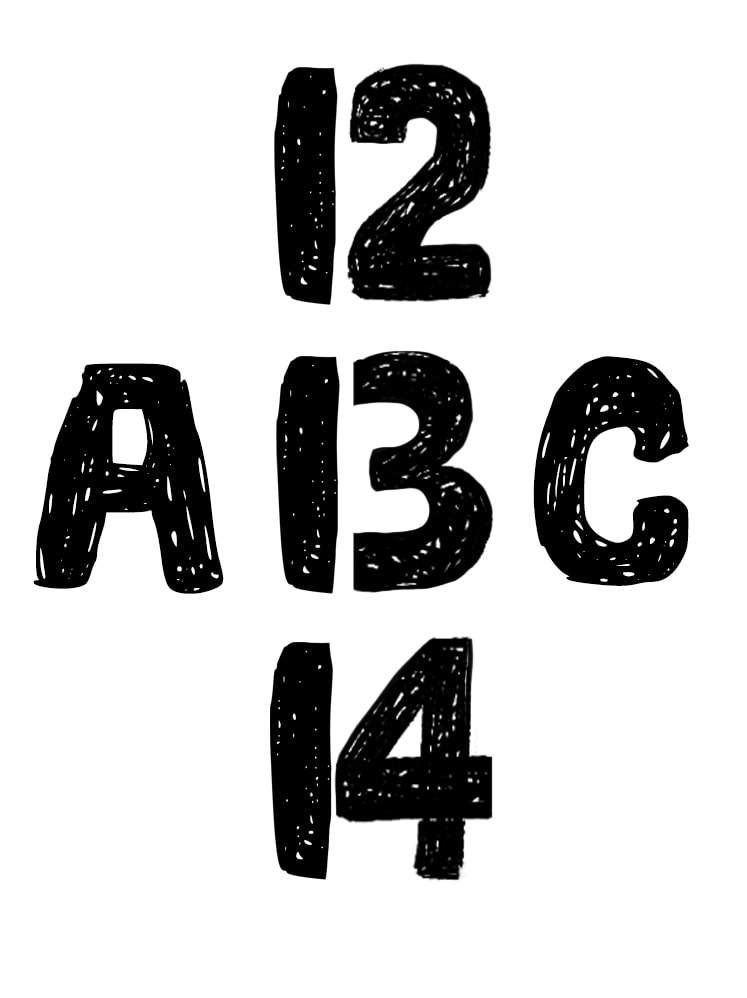Bottom-up Processing is one method of processing information that begins with the smallest detail and progresses to more complex concepts. This is different from top-down, which involves forming an overall impression before trying to find evidence that supports the idea. A person who is a visual processor on the city’s streets may first feel that it is noisy, chaotic and overcrowded. To confirm this notion, they could seek out specific indications of this, such as pedestrians navigating through crowds , or the sound of traffic emanating from nearby vehicles.

Because bottom-up processing tends be more data-driven and analytical and analytical, it has been extensively studied in relation to certain cognitive functions, including memory and perception. It is also utilized in other areas of our lives like creative endeavors and decisions, such as design and art. Bottom-up processing, if used correctly and strategically, can help solve problems and offer greater insight into difficult situations. So, despite the somewhat negative reputation in the academic world bottom-up processing is extremely helpful in understanding our surroundings and our own inner workings.
At the heart of our actions and thoughts are the intricate functions of our brain. These complex brain processes play an important role in everything including memory and intelligence to mood and behavior. The brain’s function is influenced by the process that is bottom-up. This is a very crucial mechanism. Bottom-up processing refers to how information is processed beginning with the individual nerve cells in the brain and progressing through neural pathways that are interconnected. This can eventually impact more advanced cognitive functions, such as perception or attention. Studies have shown that this process can have significant effects on various phenomena like learning and memory. It could also be employed to treat illnesses such as Alzheimer’s disease and schizophrenia. Therefore, by understanding bottom-up processing and its mechanisms that we could be able to unlock some of the mysteries underlying brain function and pave the way for the development of powerful new tools for neuroscience and health.
Bottom-up processing refers the way in which our brain process information. Contrary to top-down processing that is focused on incorporating prior information and beliefs into the learning process Bottom-up processing is based on the input of new and raw information. Bottom-up processing is an excellent way to learn for learners of all levels by focusing on the specific aspects of the learning process. This includes basic words and vocabulary along with more complicated concepts and concepts.
Bottom-up processing provides one advantage: It allows us to take each piece of information separately as it comes in, and allow us to take a step back. This can allow us to remain fully engaged in what you are learning, and also make it simpler to improve, learn, and refine existing concepts. This approach also helps to discern how the various elements of information are connected through logical chains or networks. Engaging in a bottom-up approach can eventually help us become more proficient learners and more effective communicators.
For more information, click Practical Psychology
